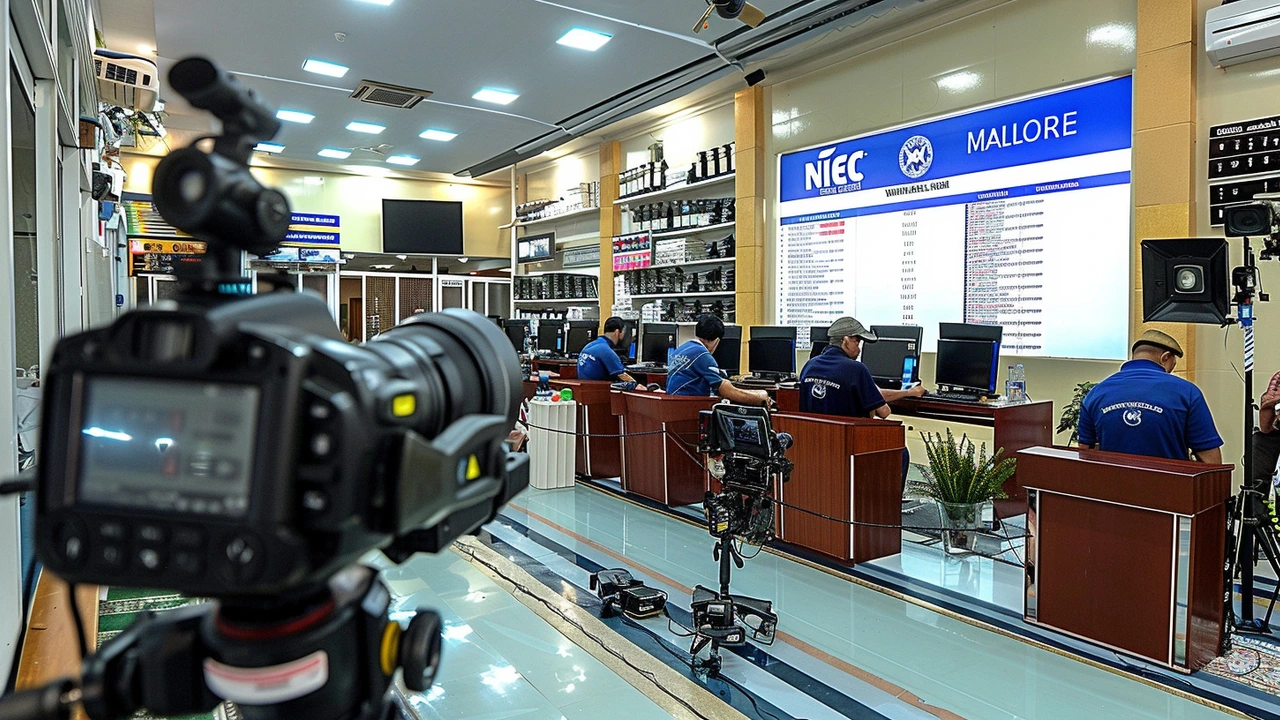Understanding Election Tampering: How It Happens and Why It Matters
Election tampering is when someone tries to unfairly change the outcome of an election. This can happen in many ways, like hacking voting machines, stuffing ballot boxes, or falsifying voter identities. When tampering takes place, it shakes trust in the entire election process and can lead to wrong leaders being chosen.
Common Methods of Election Tampering
One common way tampering happens is through digital attacks on election systems. Hackers might try to alter vote counts or disrupt the voting process. Another method is physical interference, such as adding fake ballots or preventing certain groups from voting. Sometimes officials or groups pressure voters or manipulate registration lists to influence results.
Why Staying Vigilant Matters
Protecting the integrity of elections is crucial for democracy. Being aware of tampering signs, like unusual delays in counting votes or reports of broken machines, helps keep elections fair. Supporting transparency and demanding clear election rules can also reduce the chances of tampering. Your vote is your voice, and defending it matters to keep communities represented properly.
Knowing how election tampering works gives you the power to spot potential issues and call them out. It's a shared responsibility to push for secure and honest voting systems because when elections are fair, everyone's voice counts equally.

